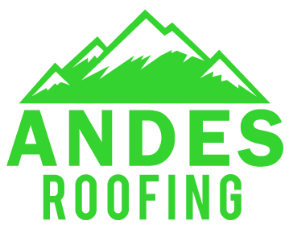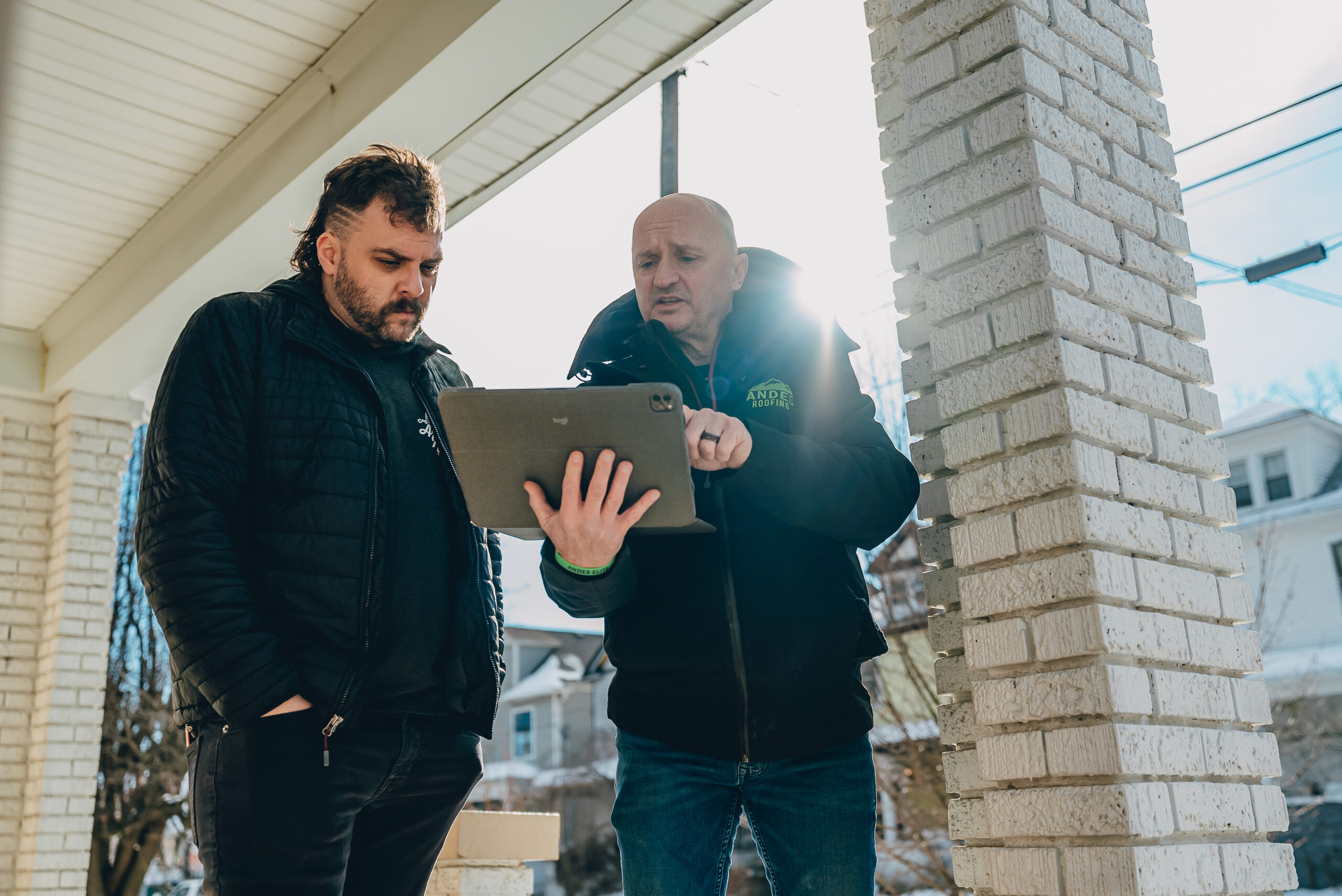Recently, we’ve seen devastating storm damage to homes across Oldham County, Prospect, East Louisville, and Southern Indiana. We know the devastation and fear that tornadoes and thunderstorms bring. They are often a surprise, never becoming an obvious threat until they approach your home.
Storms are an inevitable part of Spring in this part of the country, and one thing they almost always leave behind is roof damage. Understanding the types of damage and the steps to take post-storm is crucial for homeowners. At Andes Roofing, we’ve seen the aftermath of many storms and are here to guide you through the process of identifying and rectifying roof storm damage.
Identifying Types of Roof Storm Damage
1. Wind Damage
High-velocity winds can be detrimental to roofs. They can tear off shingles, leaving the underlying structures exposed to moisture. Even in less severe conditions, gusts can lift and curl shingles, breaking the water-tight seal and making roofs susceptible to rain damage.
2. Hail Impact
Though hail storms are typically brief, they can be incredibly destructive. Hailstones can dent shingles, dislodge protective granules, and mar the aesthetic appearance of roofs.
3. Issues with Standing Water
A roof’s primary function is to repel water. However, without proper drainage, standing water can accumulate, especially in valleys and eaves. This can lead to moisture seeping into the underlayment or even the interiors of homes.
4. Debris Accumulation
Storms can deposit a range of debris on roofs, from twigs to larger branches. While smaller debris might not pose an immediate threat, larger objects can dent or damage shingles, making them vulnerable to moisture.
Essential Steps Post-Storm
1. Conduct a Thorough Roof Inspection
Safety should always be a priority. Instead of attempting to inspect the roof yourself, it’s advisable to contact a professional roofing contractor. At Andes Roofing, we offer comprehensive inspections to assess storm damage. Look for signs like broken shingle patterns, curled edges, or granules near downspouts.
2. Examine Gutters, Vents, and Windows
Inspect your home’s gutters for dents and other damages. Check vents, overhangs, and windows for any signs of storm impact.
3. Survey Surrounding Areas
Examine your property for fallen tree limbs, damaged fences, or other storm-related damages. Flat surfaces like patios can also show signs of hail damage.
4. Inspect Interiors for Leaks
While the exterior might seem intact, hidden leaks can pose significant threats. Check ceilings, light fixtures, and attics for water spots or leaks.
5. Engage a Trusted Roofing Contractor
It’s essential to collaborate with a reliable roofing contractor post-storm. At Andes Roofing, we pride ourselves on offering top-notch roofing services in Louisville KY. A reputable contractor will assess the damage, provide repair estimates, and ensure quality work.
6. Contact Your Insurance Provider
If the damage is extensive, involve your insurance provider. They can guide you through the claim process, ensuring you receive adequate compensation.
Choosing the Right Roofing Contractor
When seeking a roofer in Louisville KY, ensure they are licensed, insured, and offer strong warranties. Online reviews can provide insights into their service quality — check out ours here. Remember, a well-built roof is an investment in your home’s safety and longevity.
Storms can be devastating, but with the right knowledge and assistance, homeowners can navigate the aftermath with confidence. Whether you’re looking for roof repair in Louisville KY or seeking a comprehensive roof inspection, Andes Roofing is here to assist. Trust in our expertise and commitment to quality.






